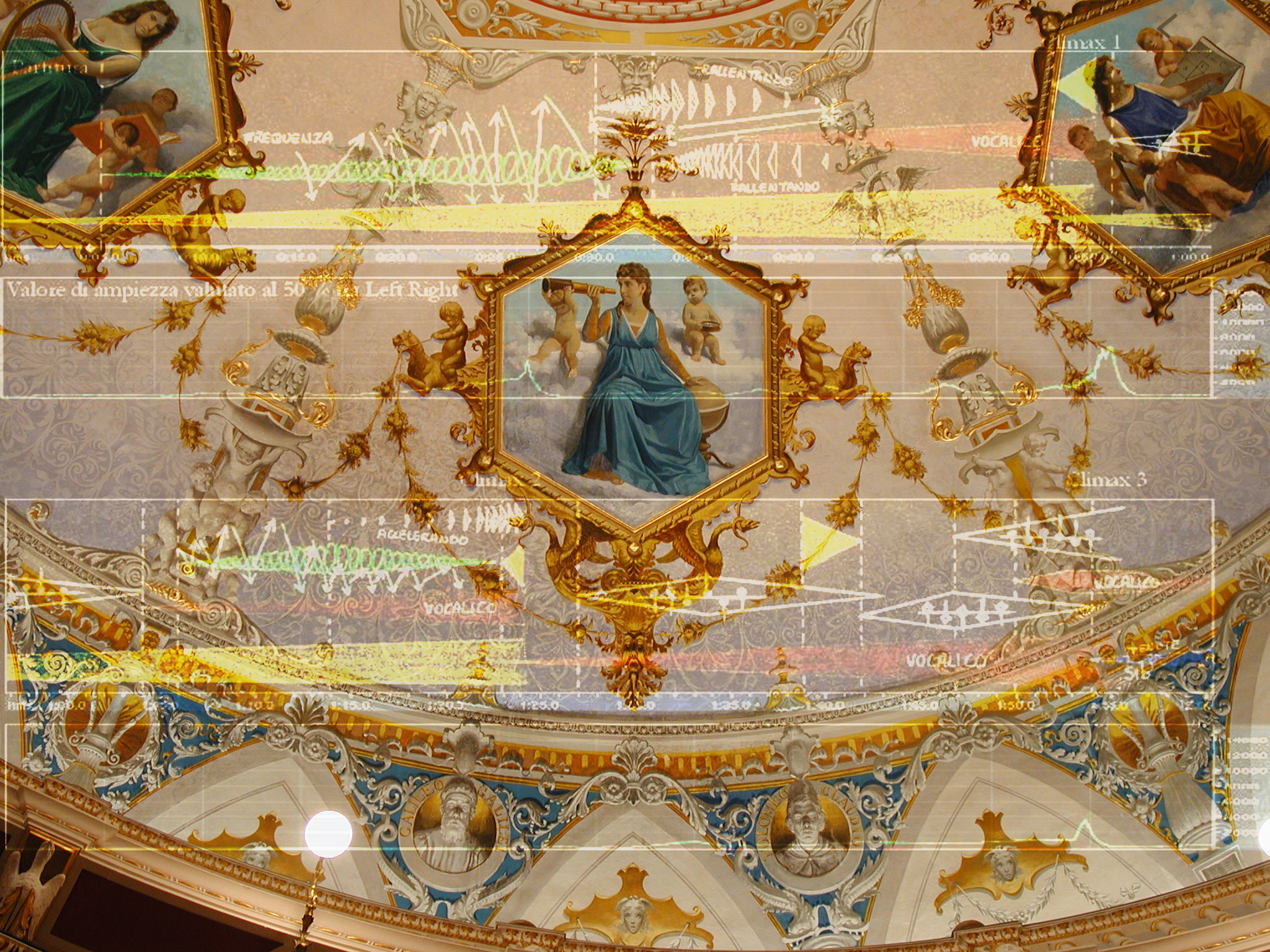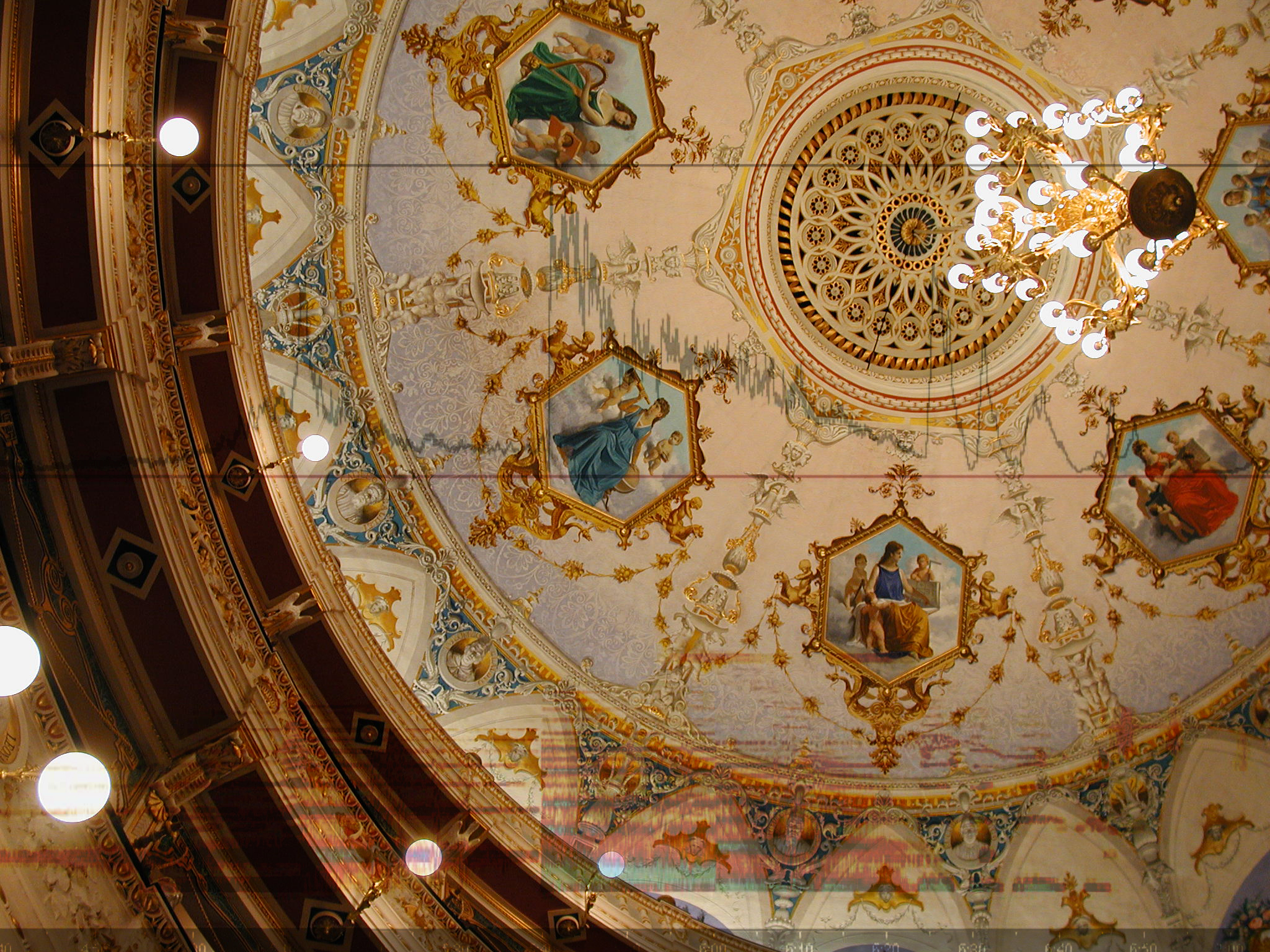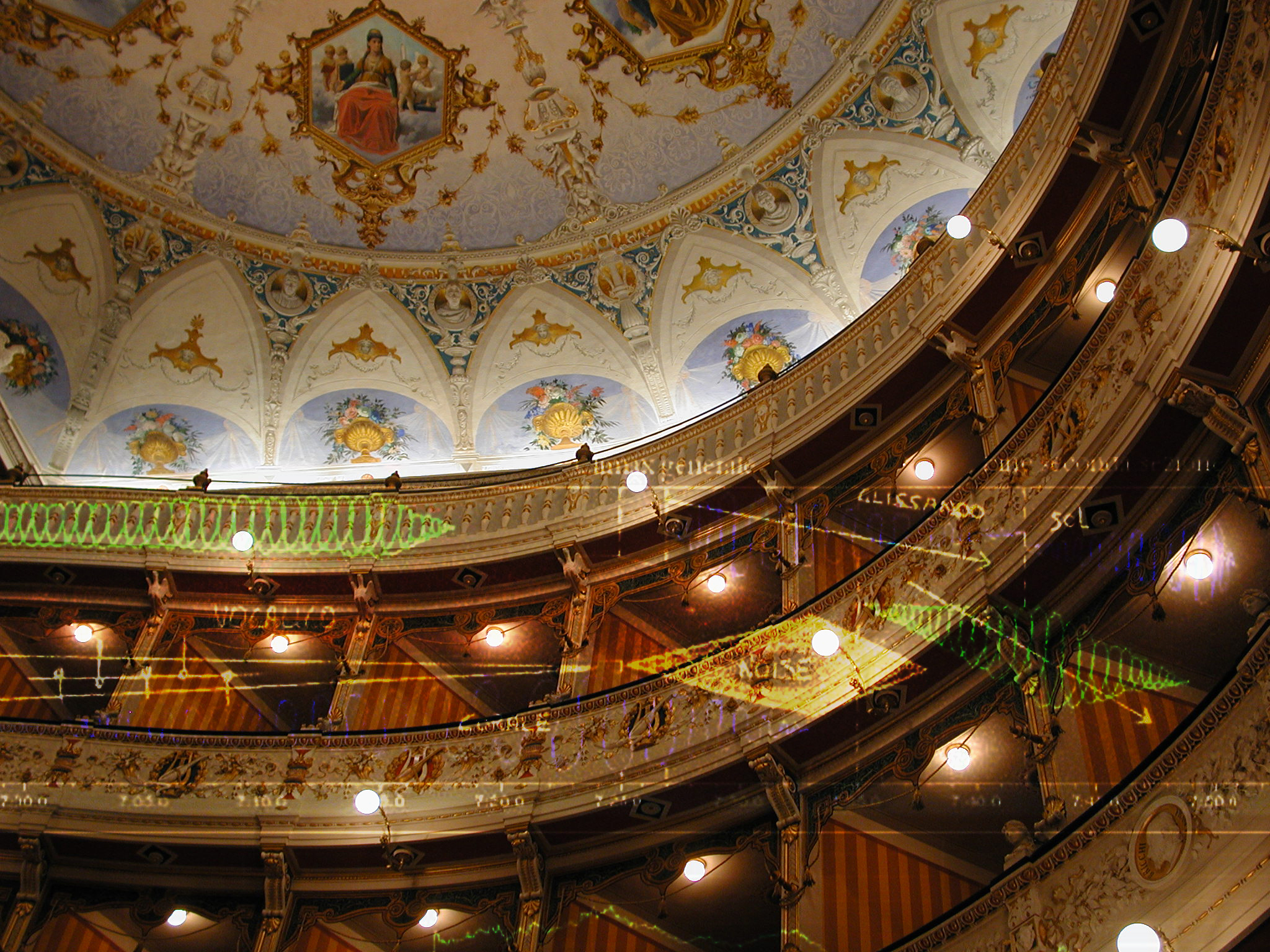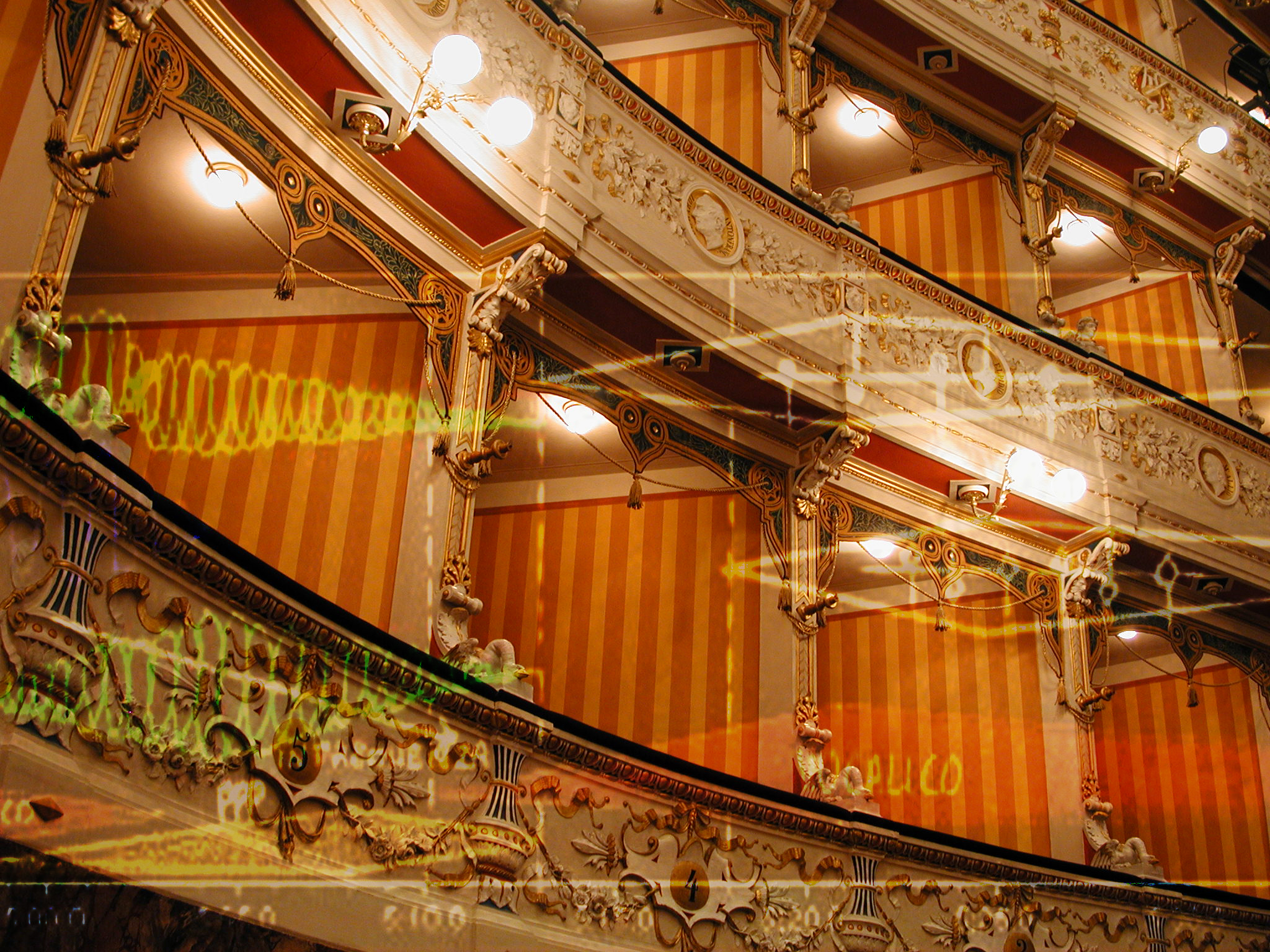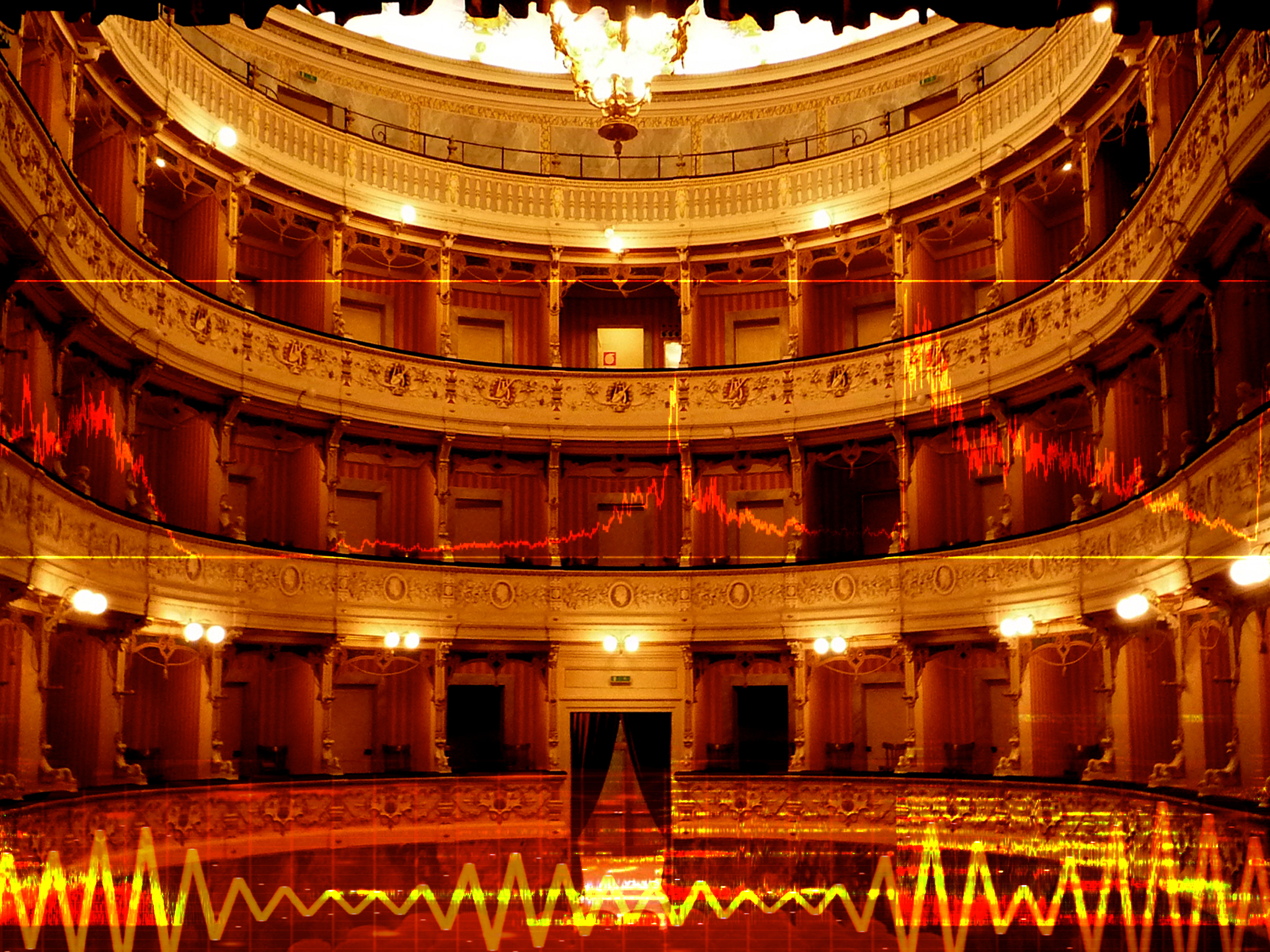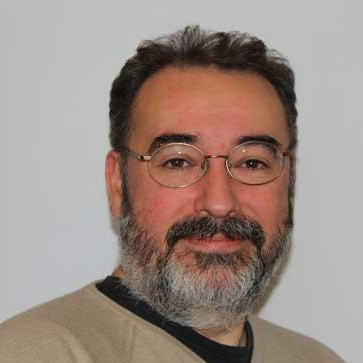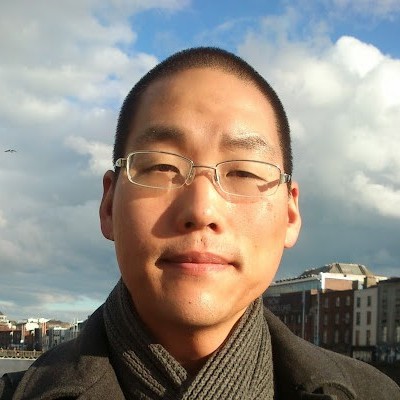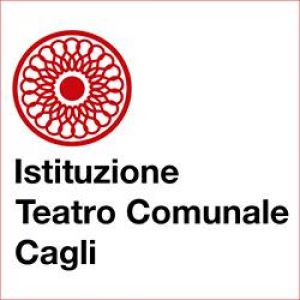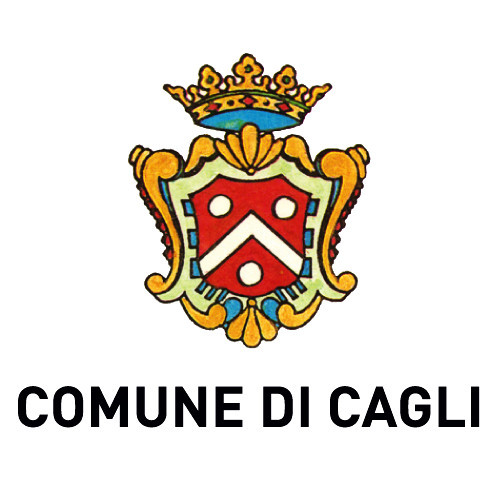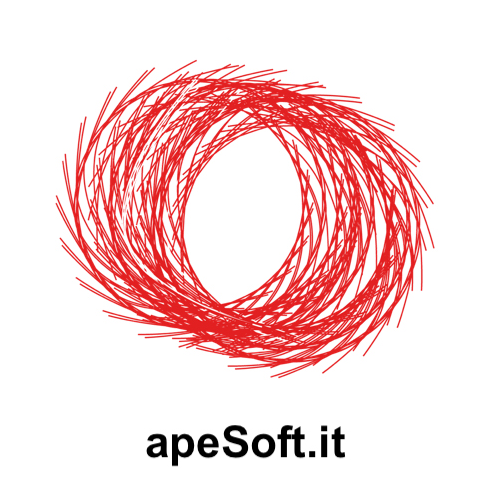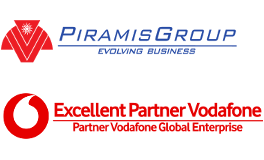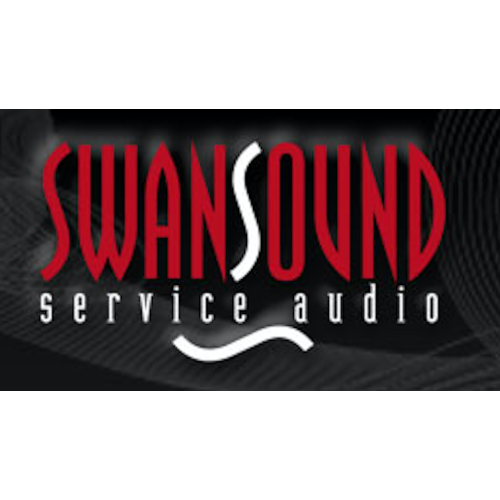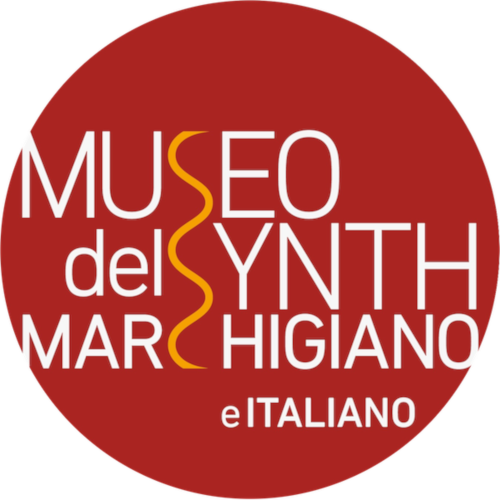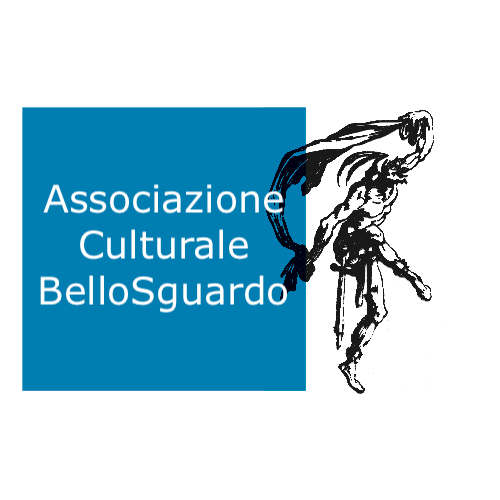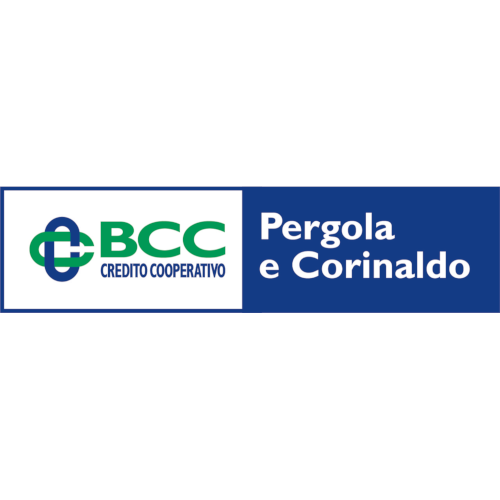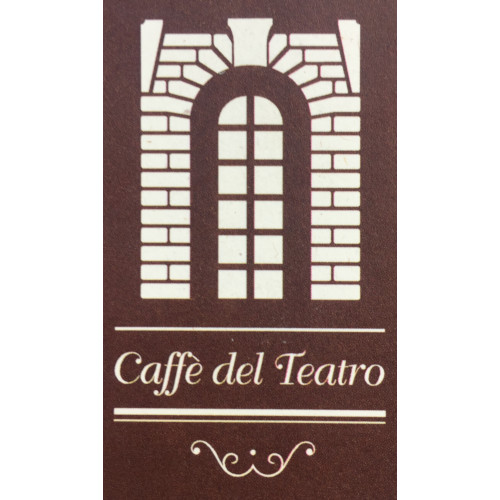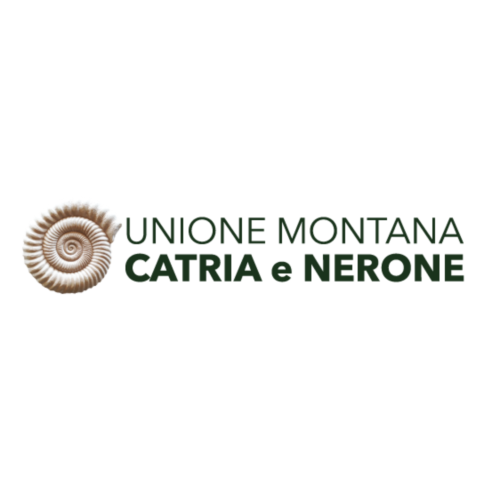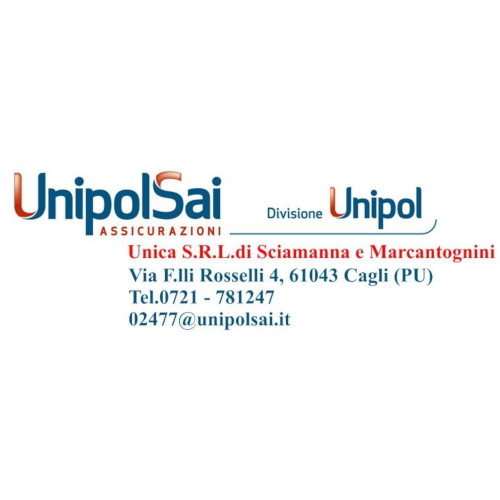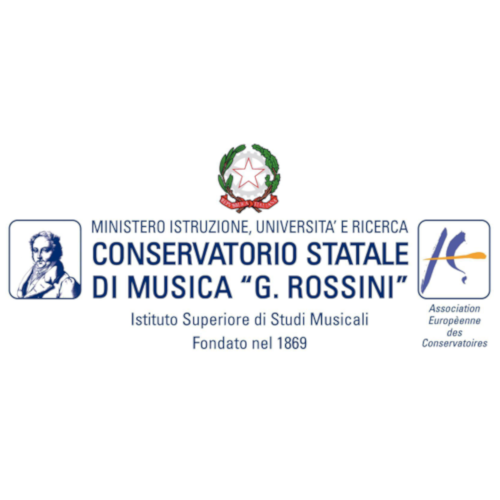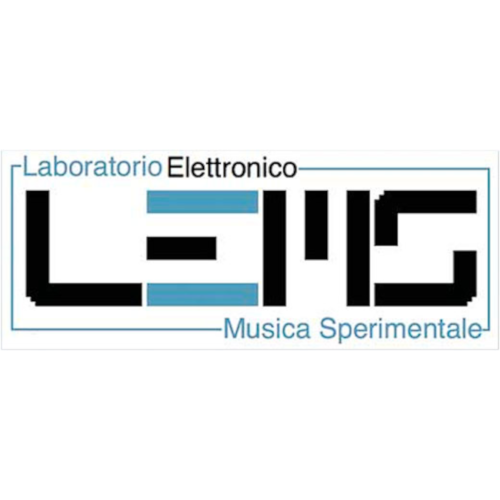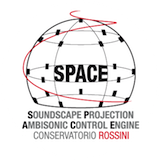Keynotes ICSC2019
Øyvind BRANDTSEGG
Norwegian University of Technology and Science, Norway
Abstract - "21 years of live performance and installations with Csound"
- How Csound has always been there for me
I started using Csound in the late 1990's, when it was just getting possible to use it in realtime. I had some musical desires that prompted me to look into it, even if the learning curve was pretty steep at the time. In the beginning I would combine Csound with hardware synthesizers and samplers, and also used Max to interface with external sensors and overall control. Over the years, as the available processing power increased and Csound developed, it was possible to build a live setup based exclusively on Csound. With the advent of the Csound API it was easier to interface to other languages and technologies. This opened possibilities for writing a realtime algorithmic composition system for use in live performance and sound art installations. Building an audio system for installations running several years required some extra attention to issues of stability and maintenance. As these systems became more complex, the need for modularization grew stronger. Some of the tasks involved could also be identified as being of a more general nature, allowing integration with off-the-shelf tools. This again enhancing Csound's strong points as a development tool for customized audio processing. Isolating the components that actually need to be new, implementing them as opcodes or instruments.
The talk will be illustrated with projects done in Csound over the last 21 years, including recent efforts into crossadaptive processing and live convolution.

Richard BOULANGER
Professor of Electronic Production and Design Berklee College of Music
Boston Massachusetts, USA
Abstract - Dedicating My Musical Life to the Mastery of a Virtual Instrument – Csound
In memory of a brilliant, passionate, and truly gifted young csounder – Shengzheng Zhang (a.k.a. John Towse)
I am truly honored to have been invited to present one of the keynote addresses at The 5th International Csound Conference - ICSC 2019 in Cagli (Pesaro-Urbino) Italy. Thank you so very much for this wonderful invitation to share some of my more recent thoughts, to perform some of my newest music, and most importantly, to publicly express my gratitude to so many, here at this conference, and in the international Csound community, whose instruments, code, research, and music have been constant sources of inspiration. And it is just these many “sources of inspiration” that are brought to mind in today’s keynote, especially the beautiful instruments and music of my student Shengzheng Zhang (a.k.a. John Towse), in whose memory this keynote is humbly dedicated.

Leonardo GABRIELLI
Università Politecnica delle Marche, Italy
Abstract - From Le Marche to MARS: a journey through accordions, synthesizers and computer music
The region where ICSC 2019 takes place, Le Marche, is known worldwide for its long tradition of musical instruments manufacturing, which dates back to 1863, when - according to the tradition - Paolo Soprani built his first accordion. Since then, however, electronic pioneers and DSP developers have joined traditional accordion craftsmen to cyclically renew the industry, in the effort to keep up with global standards.
In 1988, the Bontempi-Farfisa group founded the IRIS lab, led by Giuseppe di Giugno and run by several outstanding developers and computer music researchers. The MARS workstation was one of its most prominent outcomes, and it was employed for several computer music works of the 1900s. It was programmed using ARES, a rich computer music platform based on graphical patching.
All this material and history is now coming back to light after the accidental discovery of machines and documents long forgotten in an abandoned factory. After reactivating and restoring computers and their software, thanks to the effort of the Acusmatiq-MATME association, we are now able to run ARES and its patches. This software will be described and linked to other existing computer music languages, including CSound and Max. The talk includes footages and documents produced by the Acusmatiq-MATME association.
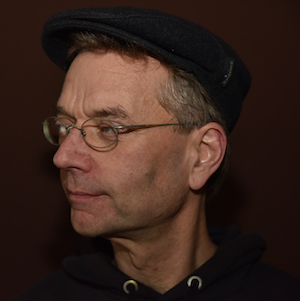
Joachim HEINTZ
HMTM Hannover, Germany
Head of Electronic Studio FMSBW
Abstract - Learning Csound, Learning Music
Whatever music be, it is based on listening. Composing can be considered
as listening to sounds and investigating their tendencies. Can learning
Csound be considered as learning music by learning to listen? And how
well is Csound suitet to materialize the composer's ideas about sounds
and structures? The keynote will float around these questions —
certainly not with a final answer at its end, but hopefully with some
inspirations for the listeners.
Victor LAZZARINI
Professor of Music,
Maynooth University, Ireland
Abstract - Csound - Notes on an Ecosystem
This talk discusses Csound as a sound and music computing system at the centre of an
ecosystem of applications. For about fifteen years now, the software has developed a
formidable array of connections to other programs, at various levels of user interaction,
from high to low. Since its first release, Csound has provided an ideal studio platform for
research and production, providing means for extensions and connections to other
systems. In time, this ecosystem was widened as part of a calculated development
strategy that placed Csound at the centre of a variety of applications. In this talk, we
will explore the Csound ecosystem, with some illustrated examples. As part of this,
we will also evaluate critically these developments, proposing some thoughts for
the road ahead towards Csound 7.
Steven YI
Assistant Professor, Interactive Games and Media
Ronchester Institute of Technology, USA
Abstract - Tomorrow's Csound
What might Csound look like in the future and how do we get there? In this talk, I will assess the state of Csound today, both the good and the bad, and propose a roadmap to guide us through the next generations of Csound.
Fees and registration
The registrations is obligatory for all participants, except for keynote, authors, composers and musicians who has been accepted to the fifth ICSC conference
Location
Cagli Theater
Piazza Papa Niccolò IV, 61043 Cagli PU
Travel to Cagli
Fly: 🛬
Train: 🚊
Falconara Marittima ⇨ Fano
every about half hour (trip duration 30 mins)
Roma Termini ⇨ Fossato di Vico
5.45 - 7.40 - 9.30- 11.58 - 13.28 - 15.35 - 15.58 - 17.38 - 18.36 - 21.06
(Trip duration 2.30/3.00 hours)
Car: 🚗
Bus: 🚌
Fano ⇨ Cagli
Monday/Saturday at ’30 every hour starting from 5.30 am to 19.30 pm
Line 25 (to Urbino) YOU MUST CHANGE BUS in CALMAZZO and take the Line 24 (Cantiano) to Cagli
Cagli ⇨ Fano
Monday/Saturday at ’55 every hour starting from 5.55 am to 19.55 pm
Line 24 (to Calmazzo) + Line 25 to Fano
Rome Tiburtina ⇨ Cagli
Monday/Saturday at 16.00 pm
Sunday and Holidays at 17.00 pm
Cagli ⇨ Rome Tiburtina
Monday/Saturday at 7.05 am
Sunday and Holidays at 7.55 am
Trip 1:
Fly: 🛬 Marche’s Airport Falconara (93 km)
Train: 🚊 Falconara ⇨ Fano
Bus: 🚌 Fano ⇨ Cagli
Trip 2:
Fly: 🛬 Guglielmo Marconi’s Airport Bologna (200 km)
Train: 🚊 Bologna ⇨ Fano (Pesaro)
Bus: 🚌 Fano ⇨ Cagli
Trip 3:
Fly: 🛬 Fiumicino’s Airport Rome (250 km)
Fly: 🛬 Ciampino’s Airport Rome (250 km)
Bus: 🚌 Rome Tiburtina ⇨ Cagli (direct bus-line to Cagli)
Trip 4:
Fly: 🛬 Bologna/Florence/Venice Airports
🚐 Shuttle Italy Airport
Bus: 🚌 Urbino Santa Lucia
Bus: 🚌 Urbino ⇨ Cagli
🛌 Accomodation in Cagli
🍽 Suggested Restaurant in Cagli
